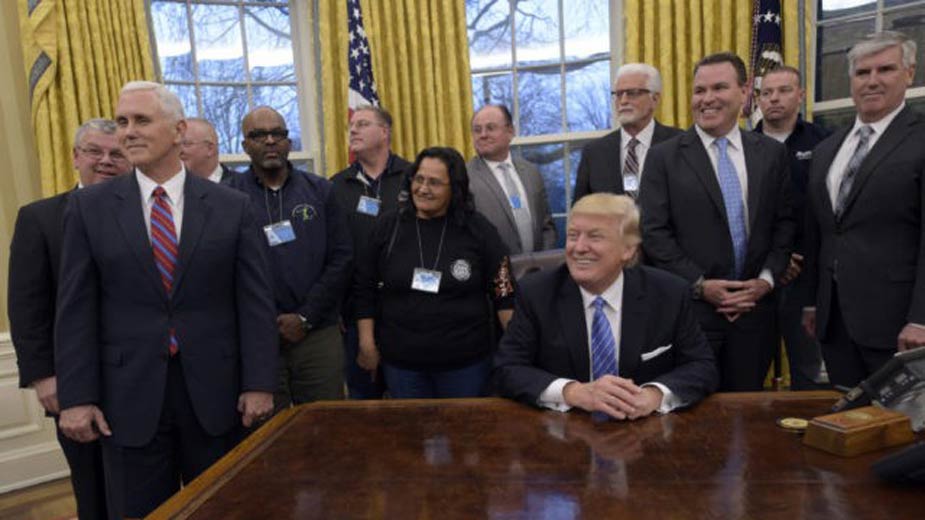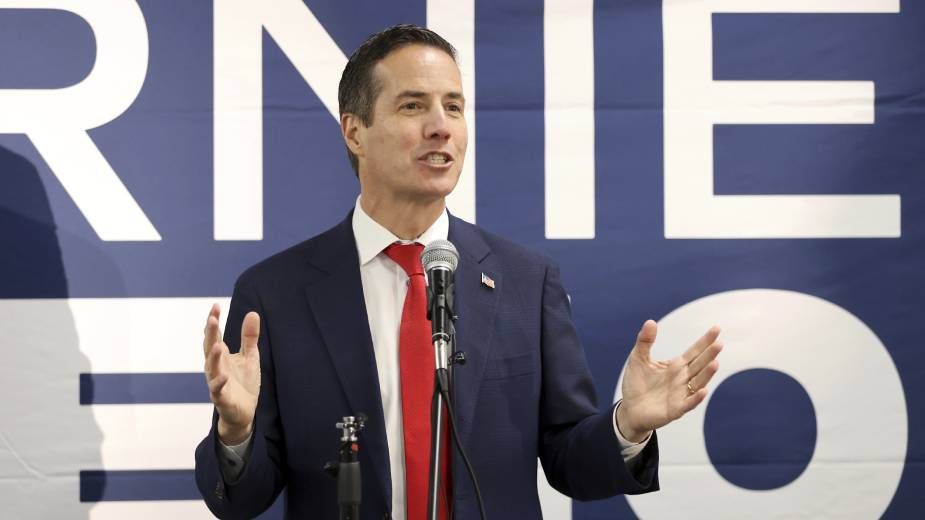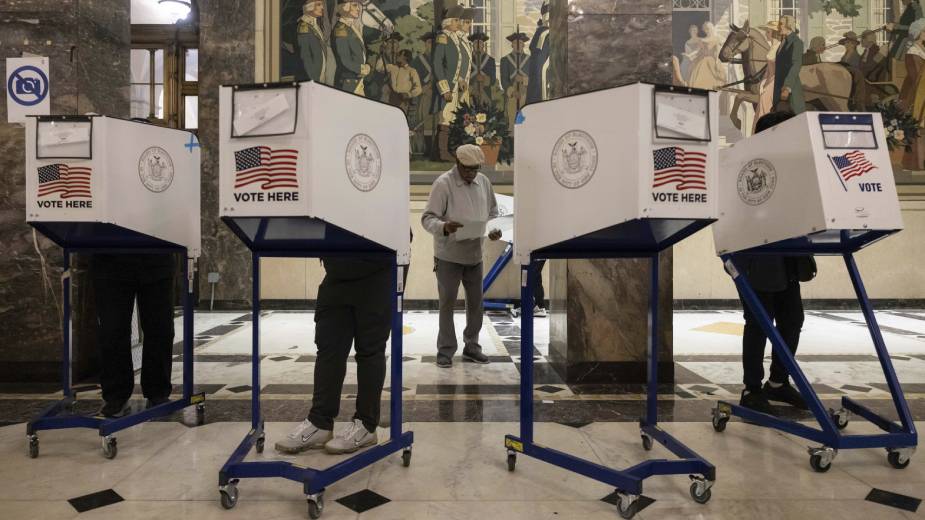Trump Effect: Local Labor Leaders See Good and Bad
YOUNGSTOWN, Ohio — The leaders of organized labor in the Mahoning Valley have a measured reaction to the election of President Donald J. Trump, citing both pros and cons to his agenda.
While some are heartened by Trump’s message on global trade and new investments in infrastructure, others are concerned that his cabinet and judicial appointments will stack the deck against the interests of labor in the long run.
With Trump about to complete his first month in office, labor is assessing whether his tough talk on trade – as president he put the final nail in the Trans Pacific Partnership and as a candidate promised to renegotiate Nafta – will lead to action that improves its standing.
“Our boss [Steve McGarvey, national president of Laborers International union] was at the White House just two days after Trump was inaugurated,” says Rocky DiGennaro, president of the Western Reserve Building and Construction Trades Council and business agent of Laborers Local 125.
DiGennaro is referring to the Jan. 23 meeting (pictured above) when the president hosted national leaders of Laborers International and the Operating Engineers union.
“Quite frankly, he [McGarvey] was never invited there during the eight years Obama was in office,” DiGennaro says.
Trump’s focus on trade issues and his promises to restore the country’s crumbling infrastructure won him significant support throughout America’s heartland, as many of the rank and file defected from their traditional home in the Democratic Party to vote Republican and for Trump.
“If he does half of what he says he’ll do, then the whole country could be in better shape,” DiGennaro says. “That is, if he follows through on it.”
Other labor leaders aren’t so sure.
Bill Padisak, president of the Greater Youngstown Area AFL-CIO, says that it’s difficult to track this early the direction the Trump Administration is headed with labor.
“It’s kind of hard to tell in the first 100 days,” he says.
Steelworkers he’s spoken to tend to support Trump’s often-stated hard line on trade and his protectionist beliefs. And, although the Democratic nominee, Hillary Clinton, won the majority of union support here, Padisak acknowledges it was a narrow majority. Far more union households went for Trump than anticipated.
Still, organized labor has made clear its strong opposition to Andrew Puzder, Trump’s nominee for secretary of labor and CEO of CKE Restaurants Inc. Puzder has been a fierce critic of the minimum wage and his hamburger chains, Hardee’s and Carl’s Jr., have violated labor laws, Democrats charge.
On Feb. 7, Puzder admitted to employing an undocumented immigrant as a house cleaner. The nominee says he was unaware of her status at the time, fired her immediately and paid the related back taxes to the Internal Revenue Service and the state of California.
His confirmation hearing has been postponed to Feb. 16 as the Senate Committee on Health, Education and Labor awaits a review from the Office of Government Ethics.
“We’re concerned with the secretary of labor and the Supreme Court,” Padisak says.
If confirmed, Neil Gorsuch, Trump’s nominee to fill the seat on the Supreme Court of the late Antonin Scalia, could be the deciding vote in important labor cases, he adds.
One case, Friedrichs v. California Teachers Association, involves lead plaintiff Rebecca Friedrichs who argued it was her right as a public school employee to opt out of paying union dues.
Last year, the Supreme Court heard the case after the death of Scalia and deadlocked at 4-4, the effect being an affirmation of the lower court denying her claim. However, the court is likely to reconsider the issue once Trump’s nominee is confirmed.
Padisak says the language in the case has since broadened from just public education employees to public employees in general.
If it holds up, the case could set a precedent in labor law, affecting public labor unions. “It could be resurrected,” he says.
However, Padisak says, the labor movement is resilient and has overcome periods of difficulty during its history.
“There seem to be ups and downs in our history and this might be a down period,” he offers.
Meanwhile union membership across the country fell again during 2016, according to data released by the U.S. Bureau of Labor Statistics. The government reported that overall union membership stood at 10.7%, or a drop of 0.4% from 2015.
The number of hourly and salaried workers represented by organized labor stood at 14.6 million in 2016, a decline of 240,000 from 2015.
In Ohio, BLS data show that union membership rose slightly during 2016, with the number of union members rising to 617,000 from 606,000 in 2015. In Pennsylvania, however, union membership dropped to 685,000 in 2016 from 747,000 in 2015. Trump won both states Nov. 8.
Padisak says union membership often reflects the health the industries they represent. This year, the United Auto Workers at General Motors Co.’s Lordstown complex was hit with a round of layoffs because of declining sales of small cars across the country, he notes.
The number of public employees who belong to a union in this region hasn’t changed much and the trades are keeping busy with sizeable building projects underway in the region, he says.
“It’s up and down in different industries,” Padisak notes.
“We have 60,000 active and retirees in the Mahoning Valley, so it’s been pretty stable around here.”
Pictured: President Trump meets with national leaders of organized labor Jan. 23.
Copyright 2024 The Business Journal, Youngstown, Ohio.



